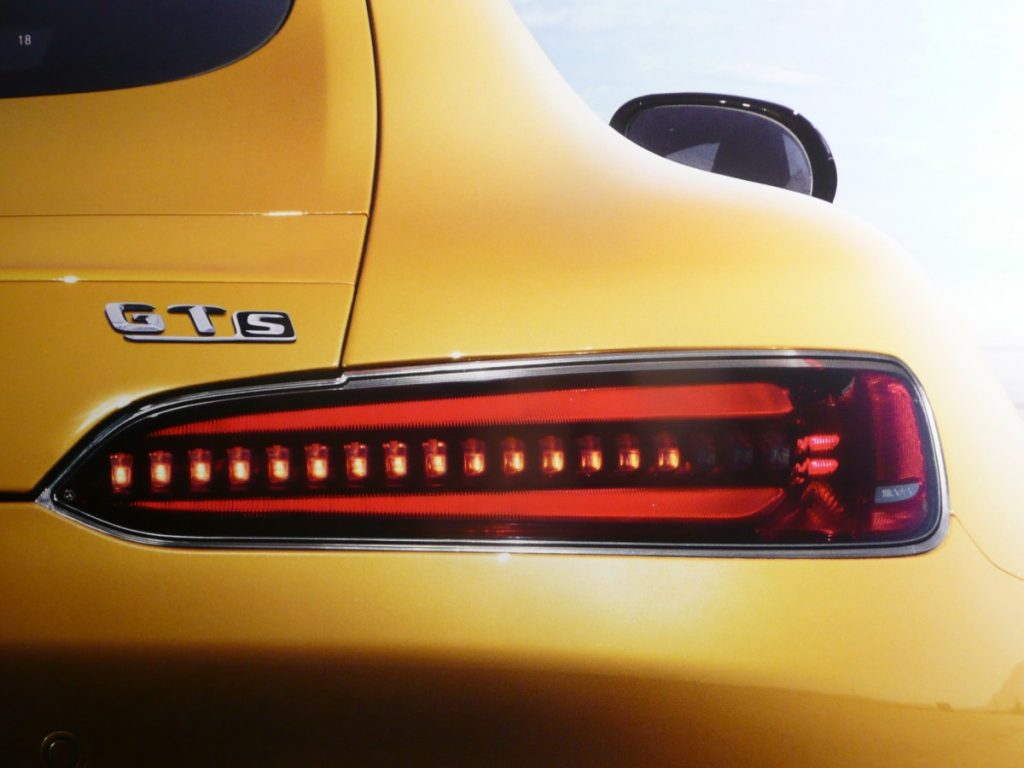Metallic car paint is the most coveted paint on the market and the most expensive. It offers an incomparable finish and shine. Favoured by high-end car manufacturers, it is a guarantee of resale. However, its application remains delicate for those who are not bodywork professionals, and its resistance to micro-scratches remains to be proven.
Metallic car paint is paint that contains fine aluminium particles.
These flakes, present on the bodywork after the metallic paint has been applied, cause an unparalleled shine through the refraction of light. Used in the 70s for high-end cars, metallic paint for cars became more democratic in the 80s until it became the standard for a body.
Its characteristics are as follows:
- the colour: made from aluminium flakes, it is initially grey; pigments are added later to obtain the appropriate shade;
- the rendering: it is gleaming;
- the cost is more expensive than the others because of its composition.
Metallic car paint: advantages and disadvantages
Metallic car paint is the most popular paint on the market, although one of the most expensive. When reselling the vehicle, dealerships even claim that it is a plus. However, the installation remains delicate, and the price is consequent.
It has many advantages:
- an incomparable rendering: reflection and shine guaranteed;
- easy maintenance;
- an easy resale: the metallic paint has a specific value;
- excellent resistance in the duration;
- a wide range of colours: the range of metallic paint is constantly increasing.
It also has some disadvantages:
- a higher cost: it is more expensive to produce and therefore more expensive on the market; a simple scratch can have heavy consequences on your wallet;
- colours are sometimes optional and increase the price of the vehicle;
- a more pronounced sensitivity to micro-scratches;
- A highly complex installation.
Metallic car paint: application

Repainting your car is risky and delicate, mainly if you use metallic car paint. At the end of the application, it is not uncommon to be able to distinguish imperfections. If in doubt, contact a professional before application.
The first step is to prepare the bodywork for the varnish application. It is necessary to clean well and to make sure that no dust particles remain. One of the complications of applying metallic paint is due to gravity: aluminium particles tend to sink to the bottom of the paint can. Continually stir your paint before application, or it will be uneven. Two coats are usually necessary, so the colour and pigments are not too vulnerable to the slightest bump. A final coat of lacquer is applied: a varnish that brings shine and protection to the paint.
Good to know: when handling volatile chemicals, always remember to protect yourself. Be sure to work with gloves and a mask in a ventilated area if possible.
Once the paint is applied, it does not require any special treatment. Wash it with soapy water when you want it to shine. A shot of polish, from time to time, can erase the scratches and is a plus on the places at risk: near the lock, for example.
Metallic car paint: where to find it, at what price?
Due to the product’s popularity, manufacturers have expanded the range of colours and offer almost all shades. But some are more complicated to produce and are more expensive. To ensure that your car is equipped with the right paint, it is best to find the manufacturer’s colour code and ask a professional.
If you are not sure of your painting skills, don’t hesitate to call a company that will do the installation for you. You can find metallic car paint in all automotive specialty stores, paint shops, and your dealer’s on order. You can also find your happiness on commercial websites.
The price of metallic paint depends on the colour. Some colours like Ferrari red are patented and therefore much more expensive to purchase.




